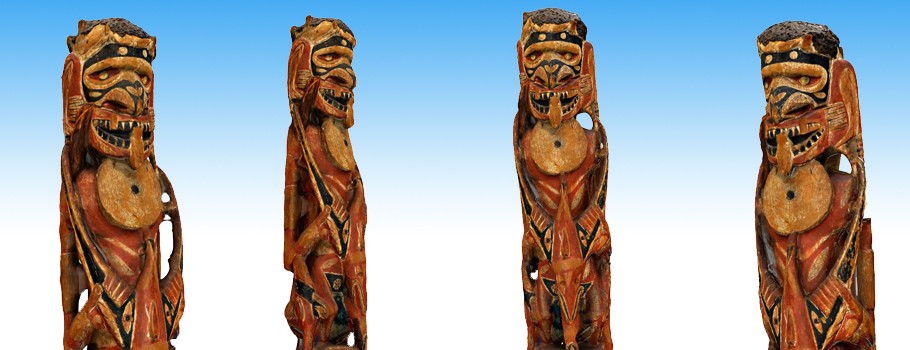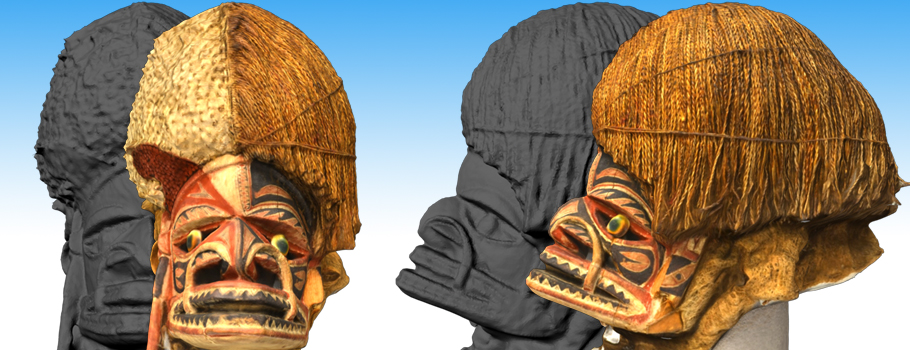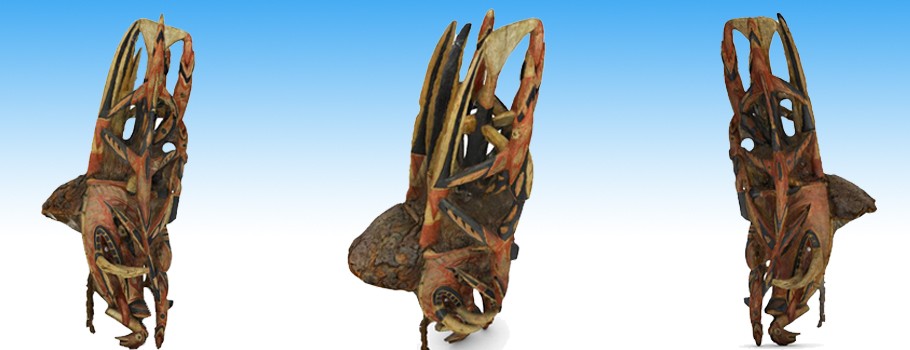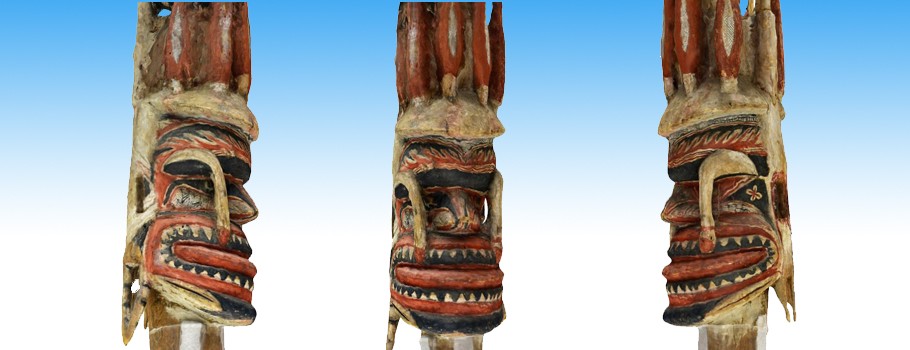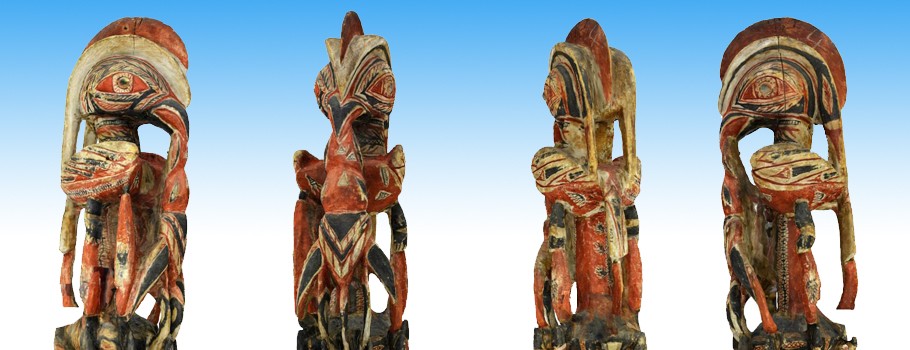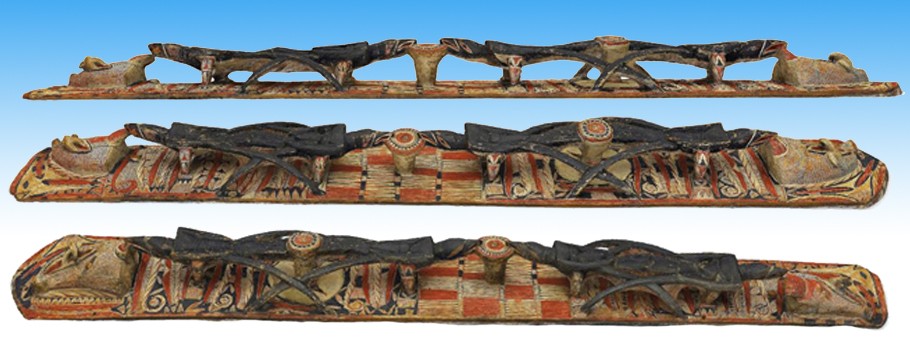Ortelia in collaboration with the Queensland Museum and University of Queensland is creating a 3D interactive application for viewing and interrogating artefacts of significant cultural value. The purpose of the project is to investigate the viability of virtual repatriation of items of cultural significance. The project is being led by Dr. Graeme Were, Lecturer in Museum Studies at the University of Queensland.
Over the last two decades, museums have made concerted efforts to engage with communities through a wealth of consultative programmes and community projects as a response to growing public demands for involvement in the museum and heritage industry. Digital heritage technologies have allowed for unprecedented access to museum collections, facilitating new ways for the public to engage with cultural objects which were previously inaccessible because of distance, time or logistical issues involved in accessing museum collections. However, digital access remains primarily tailored towards the needs of a Western museum audience who have access to the internet, ignoring the technological requirements and cultural sensitivities of ethnic and minority groups. In effect, digital heritage technologies, although advocating the democratising of the museum, inadvertently sustain an elitist museum model as technological development remains in the hands of the dominant society.
The Mobile Museum project responds to this problem by advocating a participatory approach to the design of and access to digital heritage technologies. The key directive of this pilot project is to produce ten 3D digital scans of key relevant ethnographic objects in UQ Anthropology Museum and the Queensland Museum collection selected by the community of origin in the Pacific. Using state-of-the-art technology and imaging software, our goal is to host these 3D objects on a website designed in consultation with community representatives. The Ortelia 3D interactive viewer interfaces with the website to access and download content.
The 3D interactive viewer allowed users to retrieve content, view it in a dynamic 3D environment, interrogate the artefact and receive feedback in the form of pop-up information boxes, readable pdf documents, audio and video.
The Mobile Museum trial ended with the delivery of all 3D scans. The response form the Nalik people of Northern New Ireland has been overwhelmingly positive. This has been an exciting project for Ortelia. We are looking forward to working on the next phase of the project.
